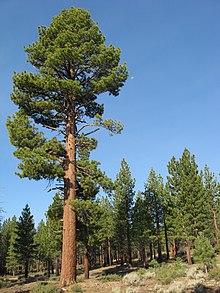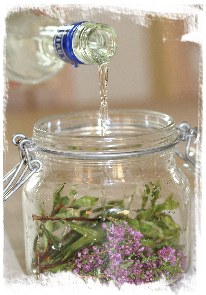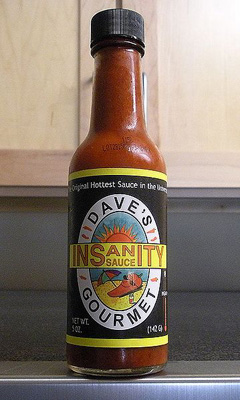 |
| Old Orange Grove Inc |
 |
| Old Orange Grove Inc |
 |
| Old Orange Grove Inc |
 |
| El Cajon Orange Association |
One such experience was of a former family owned farm southwest of Indio CA and directly east of La Quinta CA. I stumbled across it by accident as I noticed several cares and trucks whose drivers were out disassembling Farm equipment for themselves. No one had any permission what so ever. Typical! I found the Farm's office building where business records and other personal artifacts were stored. Stuff was strewn all over the place. The Farmer had specifically specialized in growing Tomatoes and their decorative dark blue background artwork label was Louie Tomatoes. There were many old family photos mixed in with the labels from the 1950s and 60s. They were apparently a Filipino-American family who immigrated and started farming. As I looked of the family photos of happier times, I kept on reflecting the whole time I was walking around the abandoned Farm just how hard working they must have been and the pride of produced they farmed. Of course that is the way things were back then. What I remember most about Farm Families back then was their hard working ethic and desire to produce the best quality. Producing the best which had their family name stamped on the box was their whole reputation. This doesn't seem to be the case anymore with this world's obsession with artificial synthetic biology run be an Industrial Agricultural Society.
 |
| MotorCoach Country Club - La Quinta CA |
After WW II, the land was more valuable for bedroom districts and other commercial urban sprawl. Many of the War Veterans & other Military Servicemen (my Dad included) didn't want to go back to Iowa where harsh winters and other sorry hard working conditions were in stark contrast to an area where beautiful temperatures averaging between 70 & 80 Fahrenheit are year round. So all the agriculture had to go. There were a few holdouts, but by 1980 they were all pretty much gone as another building boom took over with the election of another economy friendly President and wiped out what was left of quieter days. Now there are only reminders of those days through iconic packing labels found at consignment antique sheds. Maybe some are in Museums. Some of these must even be real collectibles by now. Well anyway, it was nice to finally see what was once the area where I grew up. Never heard of those citrus families or the Coop Packing Houses of Bostonia in El Cajon, CA. Maybe one day things will be different, but under the present system of things, don't count on it. Just for fun and interest, here is a website below which contains all manner of original Agricultural crate label artwork and other prints of memorabilia for looking and sale. Enjoy!
 |
| art credit Karen Winters Springtime Citrus Groves along Hwy 126 in Ventura County CA. Exhibited at the Santa Paula Museum of Art in Santa Paula, California |
 |
| Art Credit: Brian Mark Taylor A rural scene of the Central California Farming Community |
A SLICE IN TIME: "Beautiful Historic Art from a Bygone Era"
Other Reading References
‘Farm-to-School’ initiative puts fresh produce in classes
http://www.beginningfarmers.org/paid-internship-opportunity-with-old-grove-orange-redlands-ca/
http://www.inlandorange.org/

















_2005_07_01_EskdaleHut_136p1.jpg)














